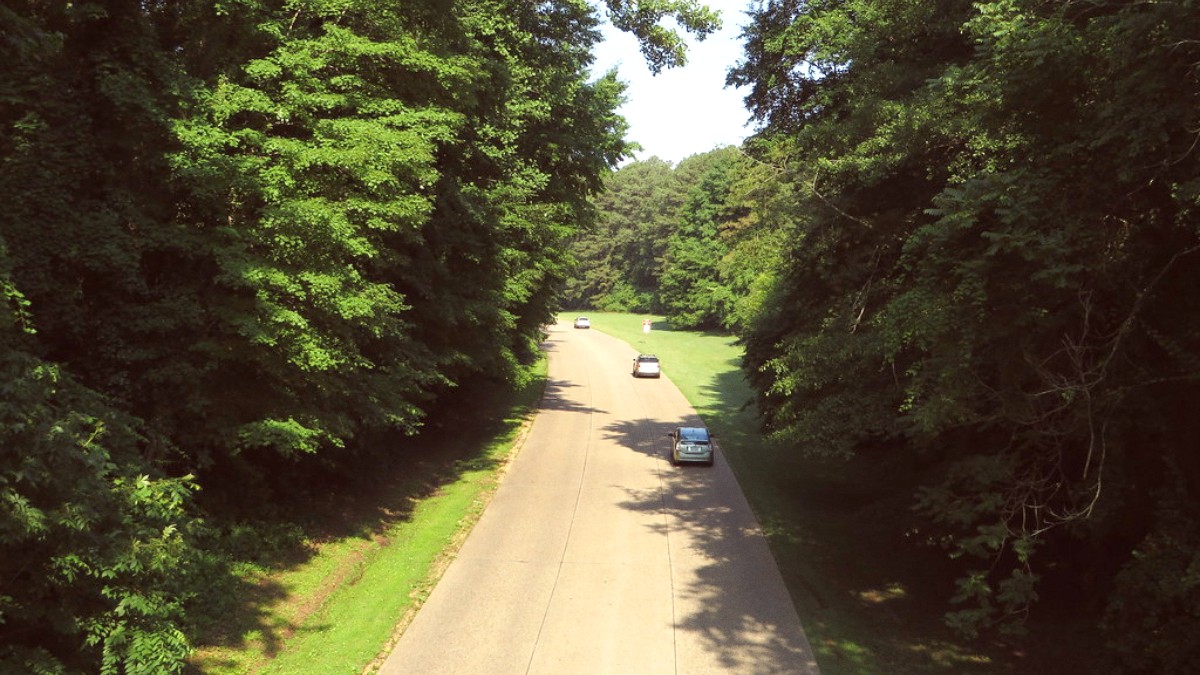
Virginia, USA
From the bustling market squares of Colonial Williamsburg to the serene battlefields of Yorktown and the first English settlement at Jamestown, the region invites curiosity and discovery. This destination is for history enthusiasts, for families, adventurers, and those seeking a retreat into charm and natural beauty. Prepare to explore a location that shaped a country, bringing lessons and memories for every visitor.
This guide shares the tools for an enriching visit. You will find information on planning your stay, choosing accommodation, and discovering dining options. Learn about local transportation, recreational activities, and day trips to nearby areas.
Practical advice covers everything from packing to cultural norms, for a smooth and enjoyable journey. Whether you are a solo traveler seeking quiet reflection, a family looking for engaging activities, or a group exploring heritage, Williamsburg holds something for everyone.
Williamsburg draws visitors into a narrative of courage and transformation. The city’s carefully preserved historical areas bring to life the years leading up to the American Revolution. Interpreters in period dress share stories, artisans practice their trades, and the sounds of fife and drum corps echo through the air.
Families often find the blend of educational history and modern entertainment perfect for multi-generational travel. Children engage with history through interactive programs and then enjoy the excitement of roller coasters and water slides. Adults find rich learning experiences, fine dining, and outdoor recreation. This balance ensures every member of a traveling party finds activities matching their interests.
Consider attending an evening program in Colonial Williamsburg. These often give a different perspective on the historic area and present unique storytelling experiences.
Drive the Colonial Parkway. It holds stunning natural views and connects the Historic Triangle sites without commercial interruptions.
Attend a re-enactment or a court proceeding in Colonial Williamsburg. These performances give insights into daily life and legal systems of the 18th century.
Plan your days to mix historical exploration with lighter activities. A morning in Colonial Williamsburg followed by an afternoon at a park or local brewery creates a balanced experience.
When visiting in summer, plan indoor attractions for the midday heat. The Art Museums of Colonial Williamsburg or the American Revolution Museum at Yorktown give cool, engaging alternatives.
The charm of the city lies in its ability to transport you to a different era while still holding modern conveniences. The warm hospitality of the local community adds to the welcoming atmosphere. As you walk through the historic streets, you may feel a sense of connection to the individuals who shaped the nation.
Beyond the vivid history, Williamsburg is a full spectrum of vacation experiences. Enjoy the thrills of a world-class theme park, explore miles of scenic trails, or relax in the region’s natural settings. Its blend of past and present creates a welcoming atmosphere, inviting guests to explore at their own pace.
The city has developed its offerings to cater to diverse groups, making it a versatile travel choice. This connection gives a powerful takeaway, often leaving visitors with a appreciation for American history. The blend of discovery, relaxation, and learning defines the Williamsburg experience.
Prepare to connect with an unique place, one that has influenced the course of human events.
Williamsburg lies in the coastal plain region of southeastern Virginia, a part of the Mid-Atlantic United States. This strategic location, nestled between the James River to the south and the York River to the north, shaped its historical development.
The city sits on the Virginia Peninsula, a strip of land bordered by these two significant waterways. This geographical feature made it a desirable location for early European settlements, for access to navigable waters for trade and defense. The land itself is generally flat to gently rolling, characteristic of the Atlantic coastal plain.
Williamsburg's elevation ranges from near sea level to about 80 feet (24 meters) above sea level. The climate influences the local flora and fauna, supporting diverse ecosystems.
The city's position within the "Historic Triangle" places it at the center of a geographically connected area of immense historical importance, linking Jamestown and Yorktown.
The landscape includes forests, wetlands, and agricultural areas. Numerous creeks and small rivers feed into the James and York Rivers, creating a network of waterways.
The presence of the James and York Rivers means proximity to the Chesapeake Bay. The rivers served as transportation arteries for the colonial economy, connecting inland agricultural areas with coastal ports and the wider Atlantic trade routes.
Access to Williamsburg is easy due to its location near major transportation routes. Interstate 64 passes directly through the area, connecting it to Richmond to the west and Norfolk/Virginia Beach to the southeast.
Williamsburg is a prominent place in American history as the former capital of the Virginia Colony. Its story begins even before it was formally established. Middle Plantation, the precursor to Williamsburg, served as a fortified settlement in 1633, protecting the Jamestown colonists from Native American attacks.
Following a fire that destroyed the capitol building in Jamestown, the colonial government moved its seat to Middle Plantation in 1699, renaming it Williamsburg in honor of King William III. This relocation marked the beginning of a period of political, social, and economic prominence for the city.
Middle Plantation, founded in 1633, served as a defensive outpost for Jamestown, later becoming the site of the new colonial capital.
For 81 years (1699-1780), Williamsburg was Virginia's power center, hosting the House of Burgesses and shaping revolutionary ideas.
The capital moved to Richmond in 1780, leaving Williamsburg a quiet college town, which led to the preservation of its 18th-century buildings.
Figures like George Washington, Thomas Jefferson, Patrick Henry, and George Mason debated the future of the American colonies here. The city witnessed the passage of resolutions that laid the groundwork for independence, including the Virginia Resolution for Independence.